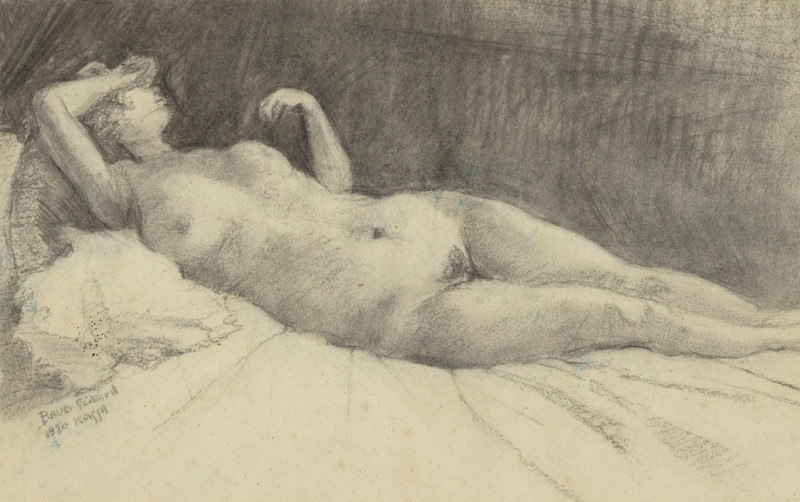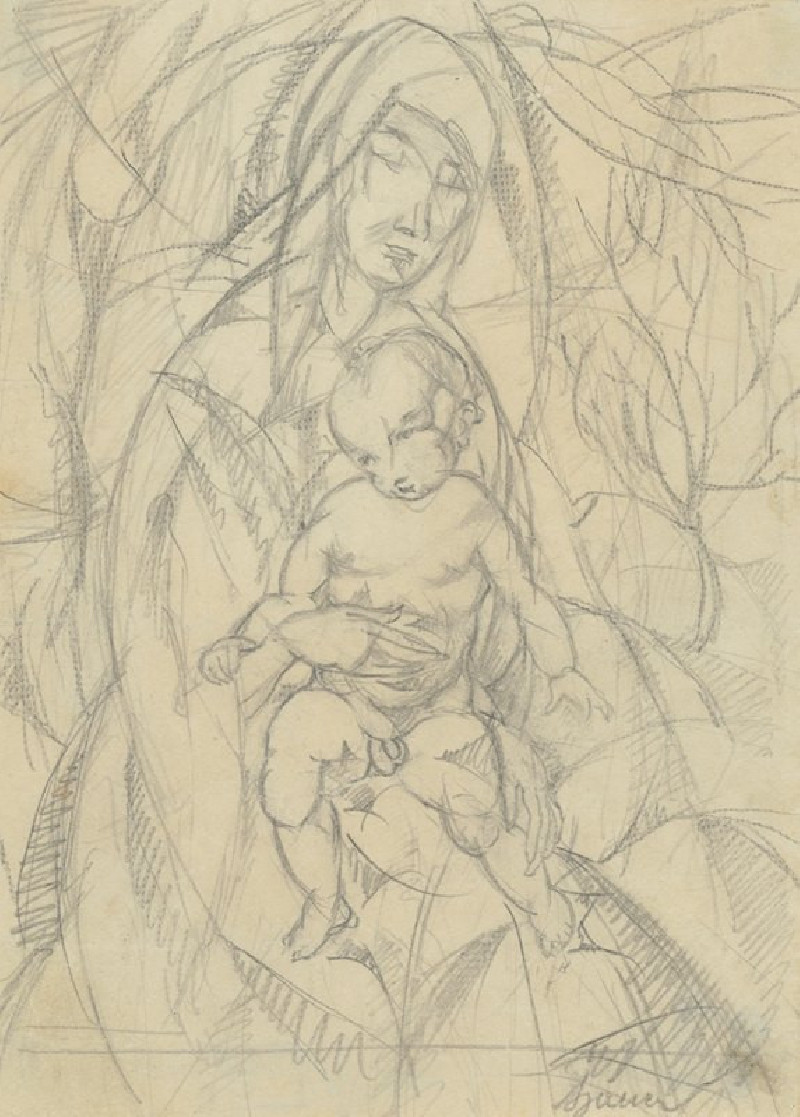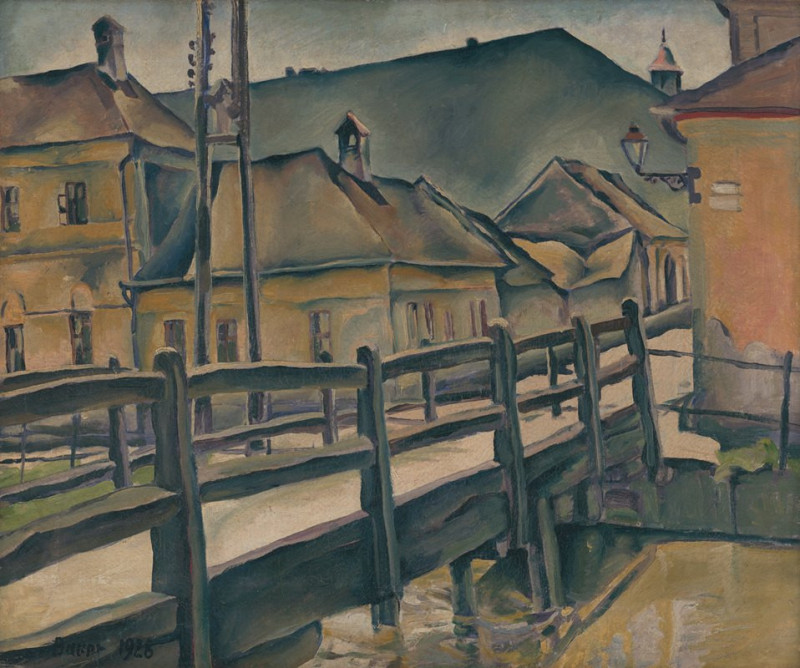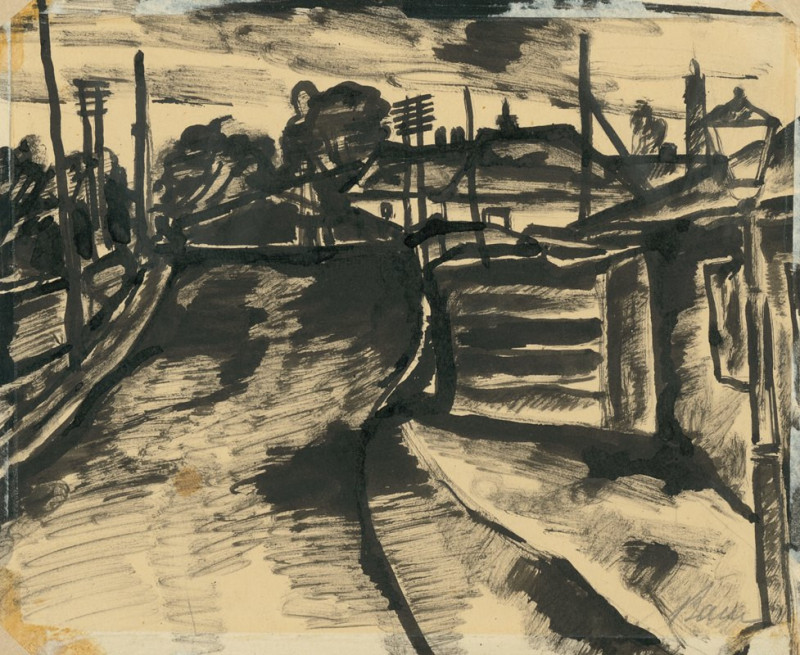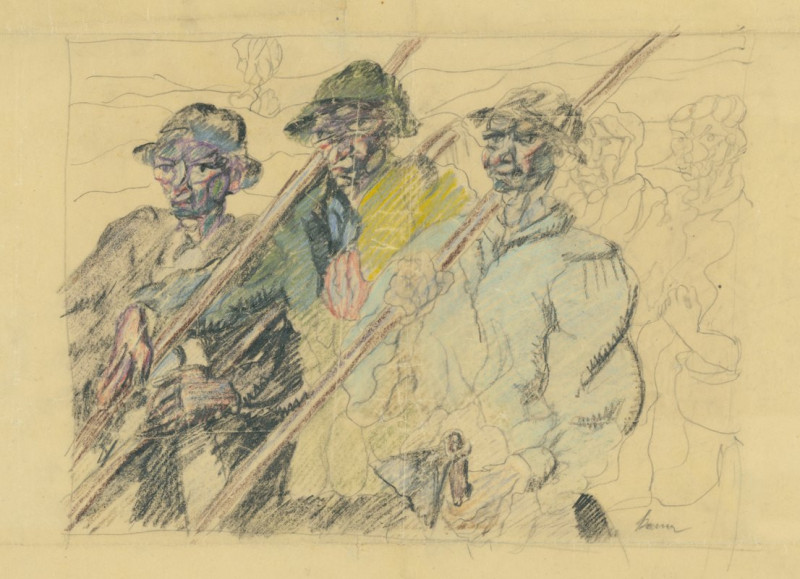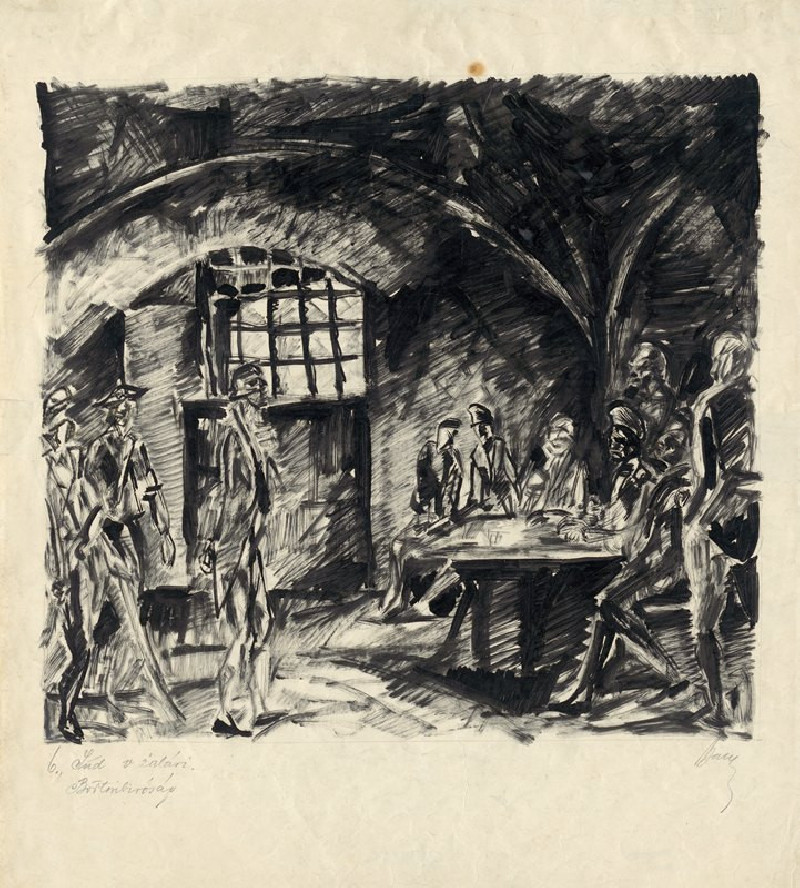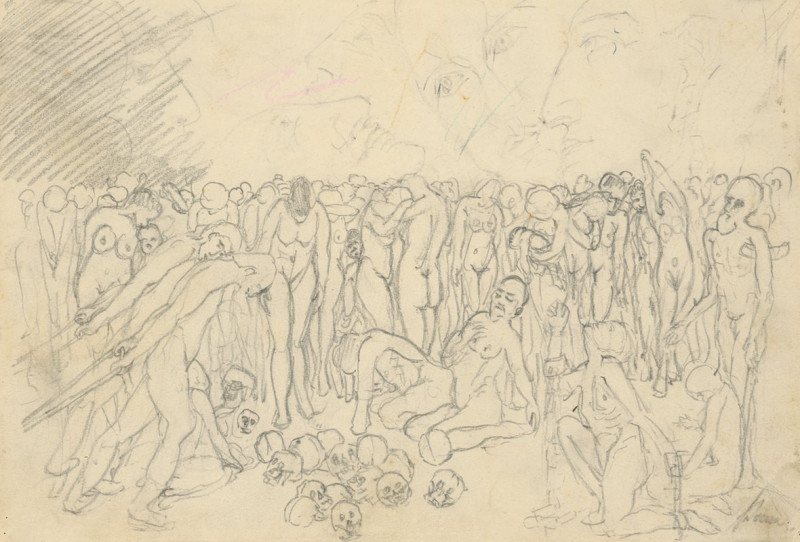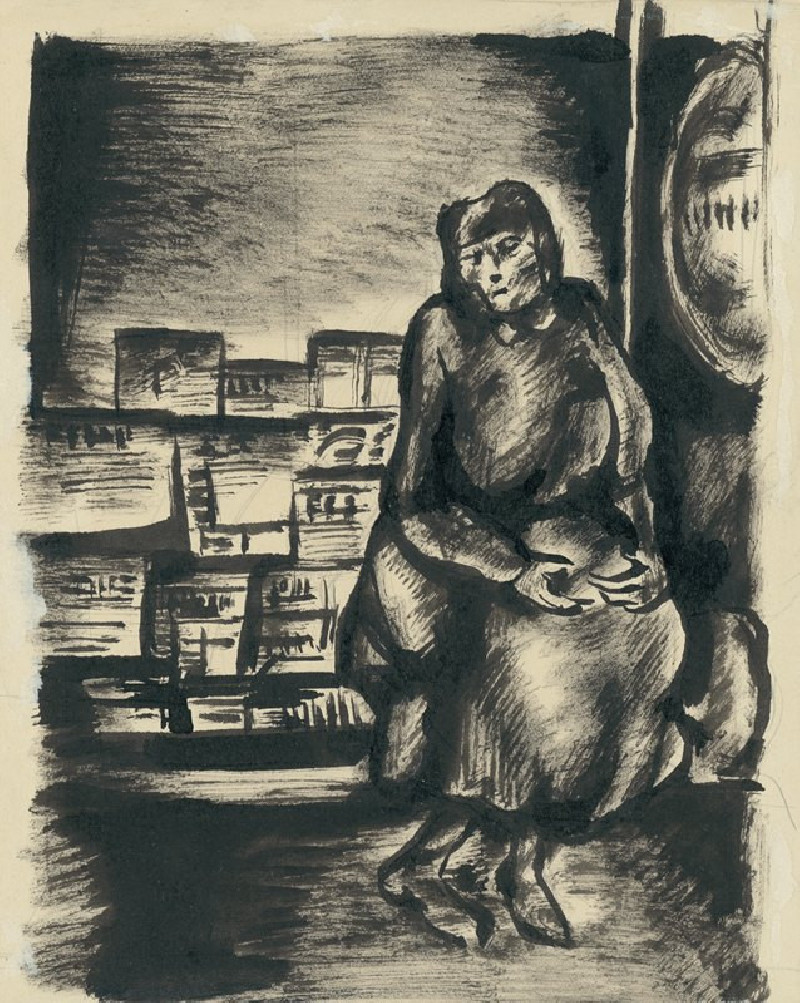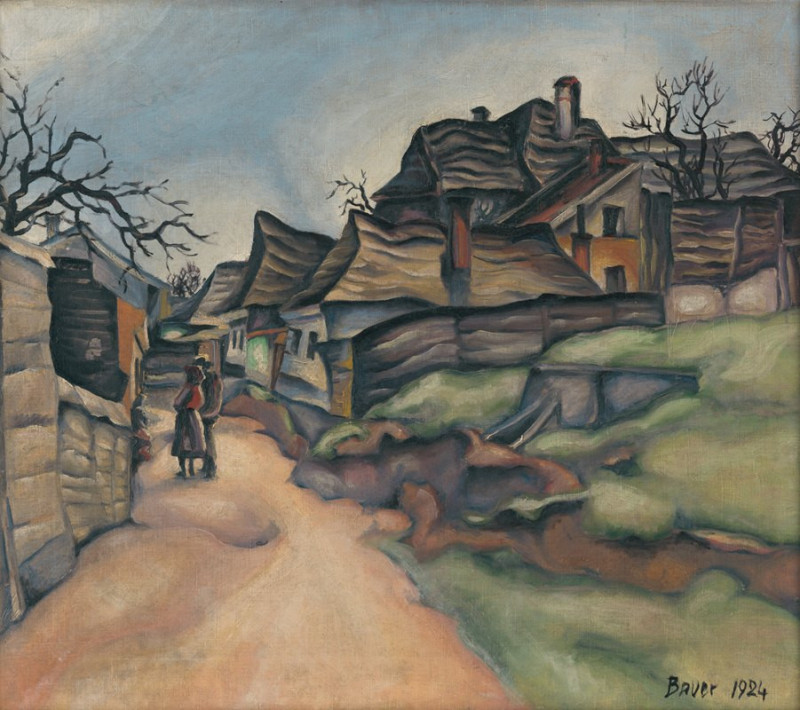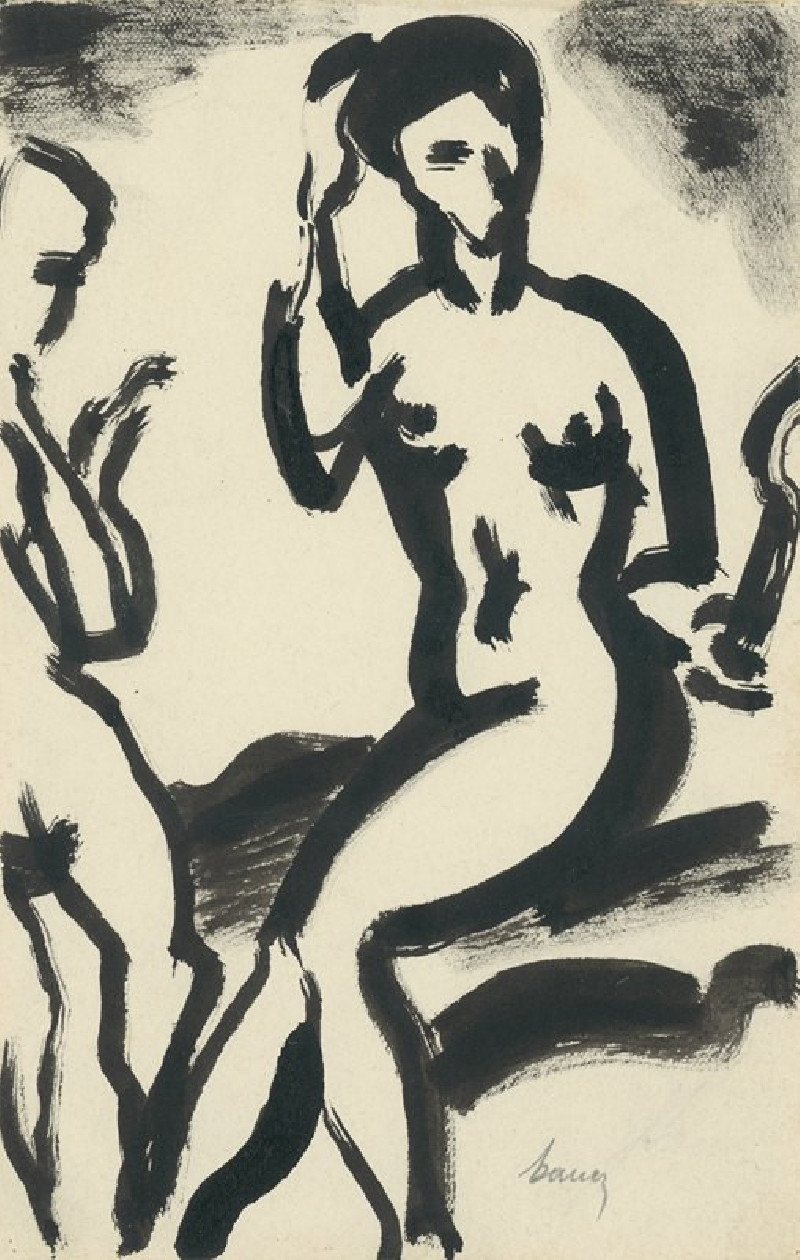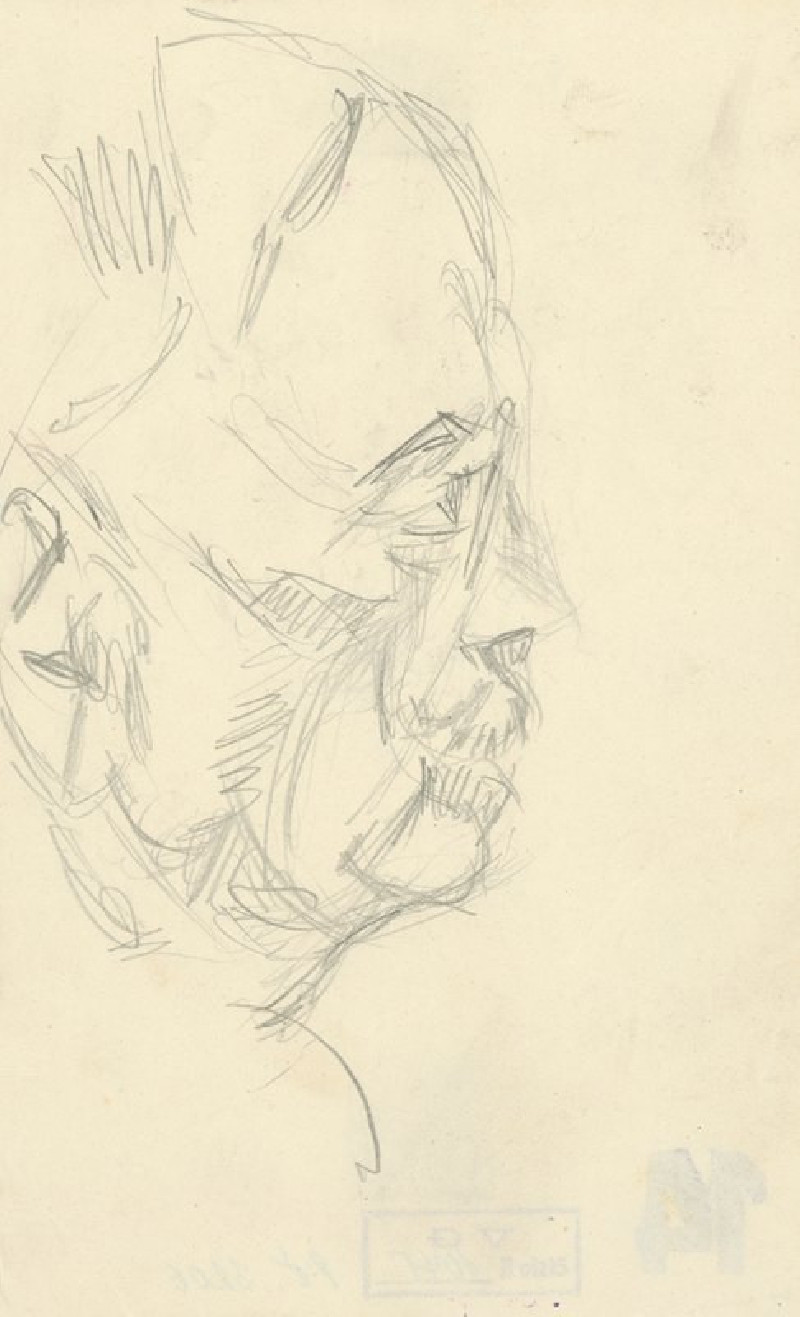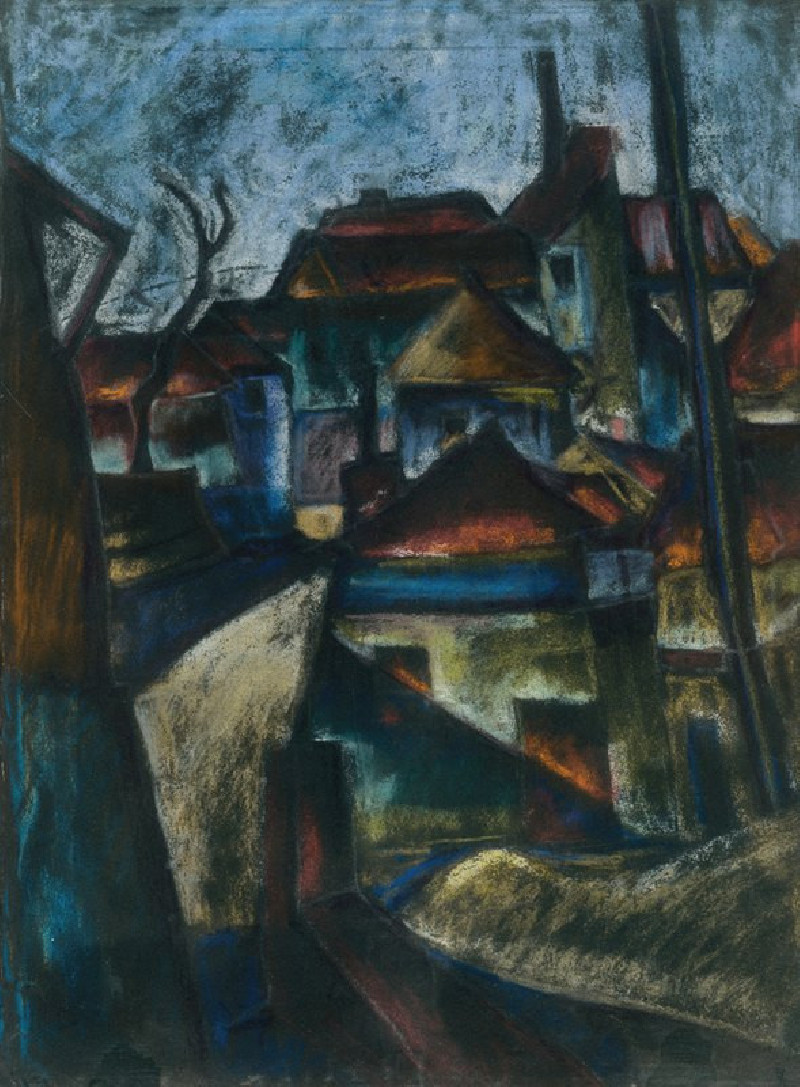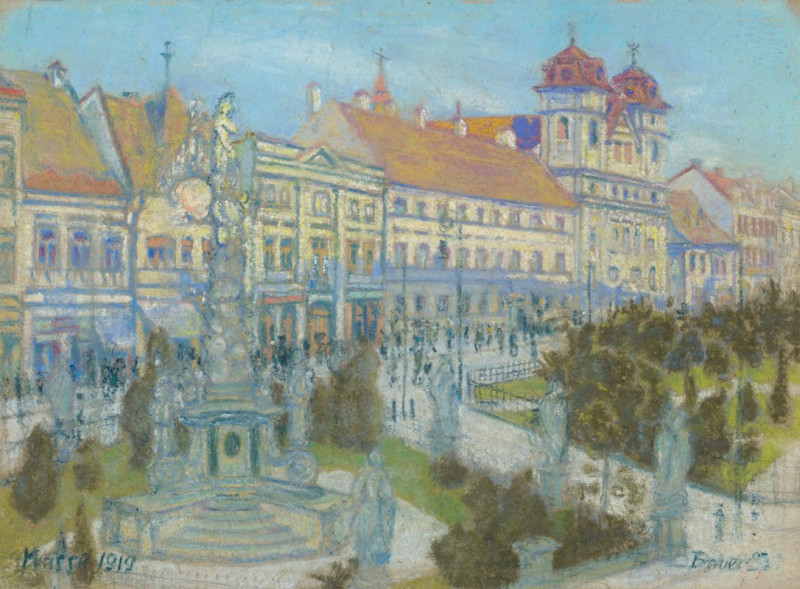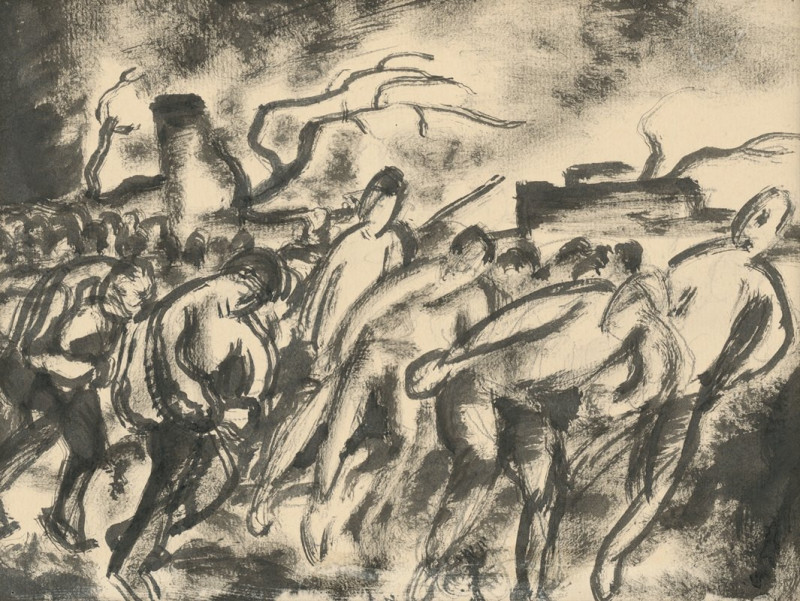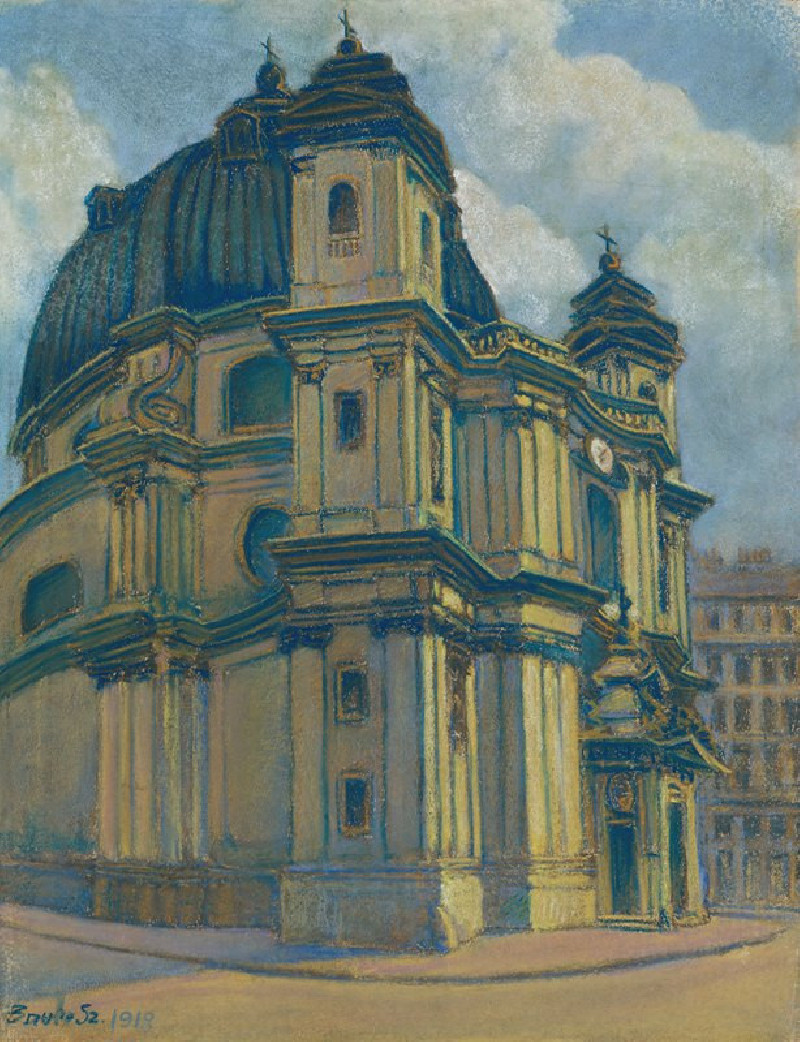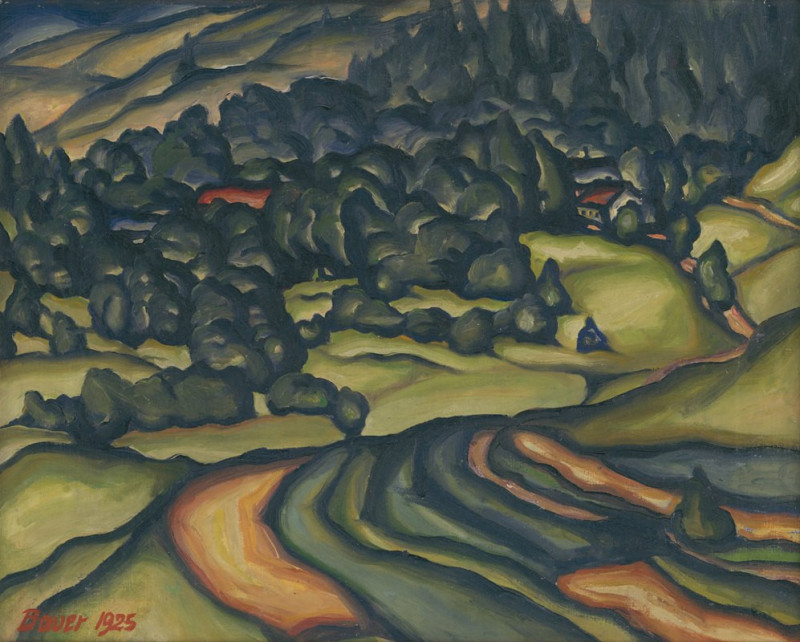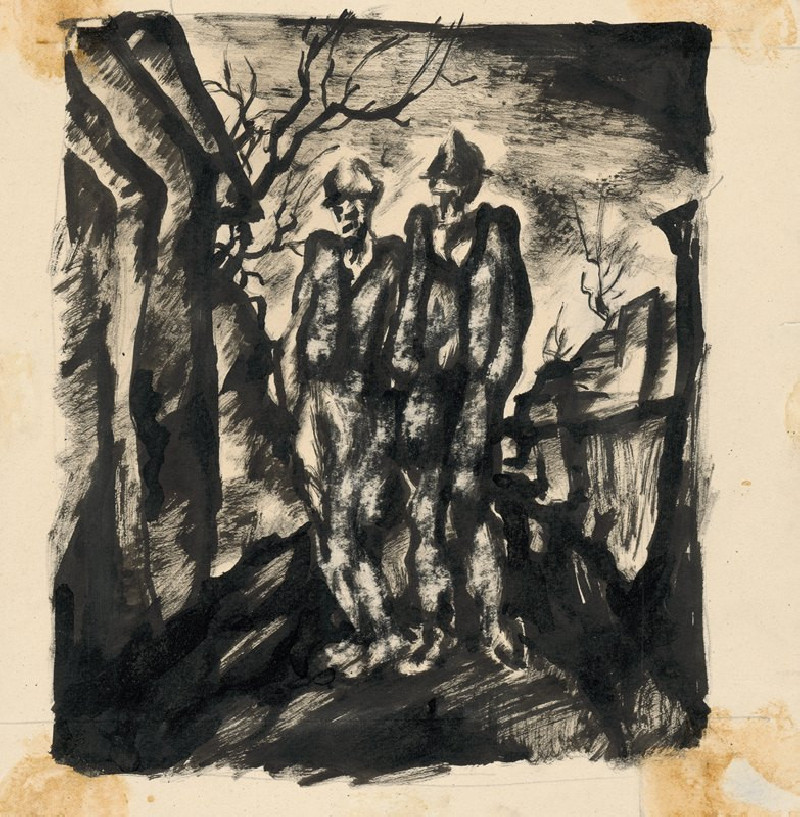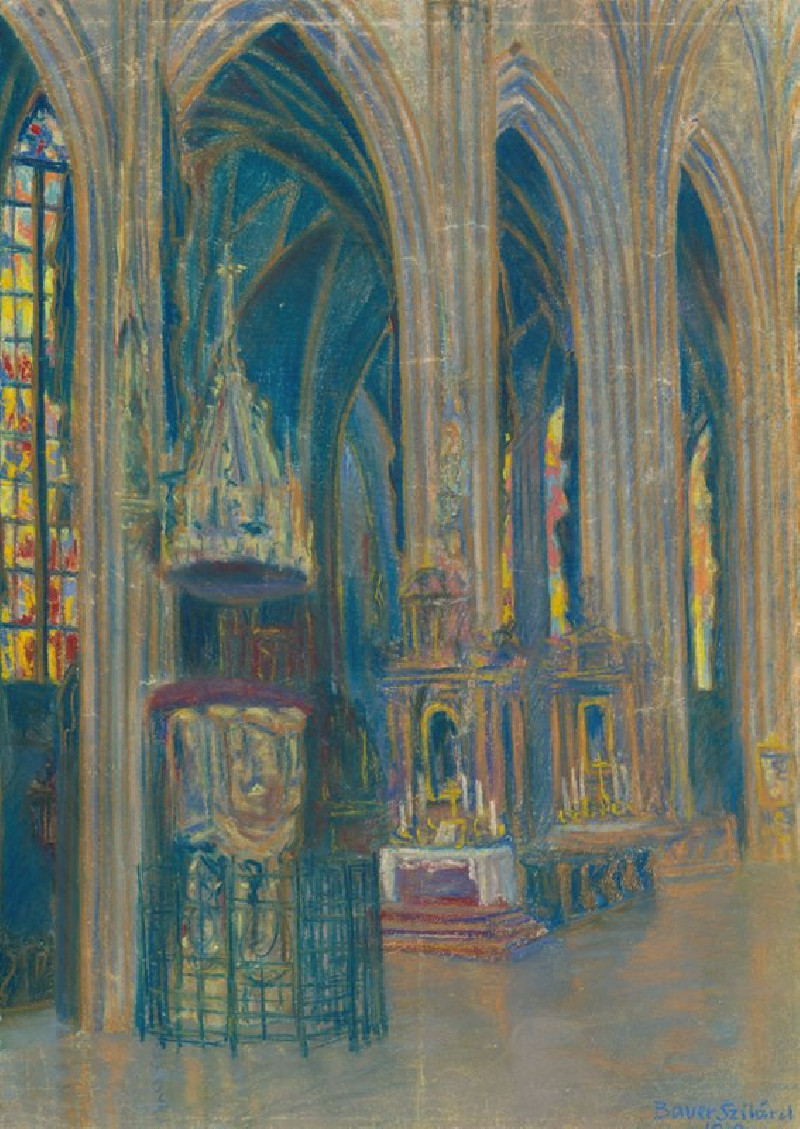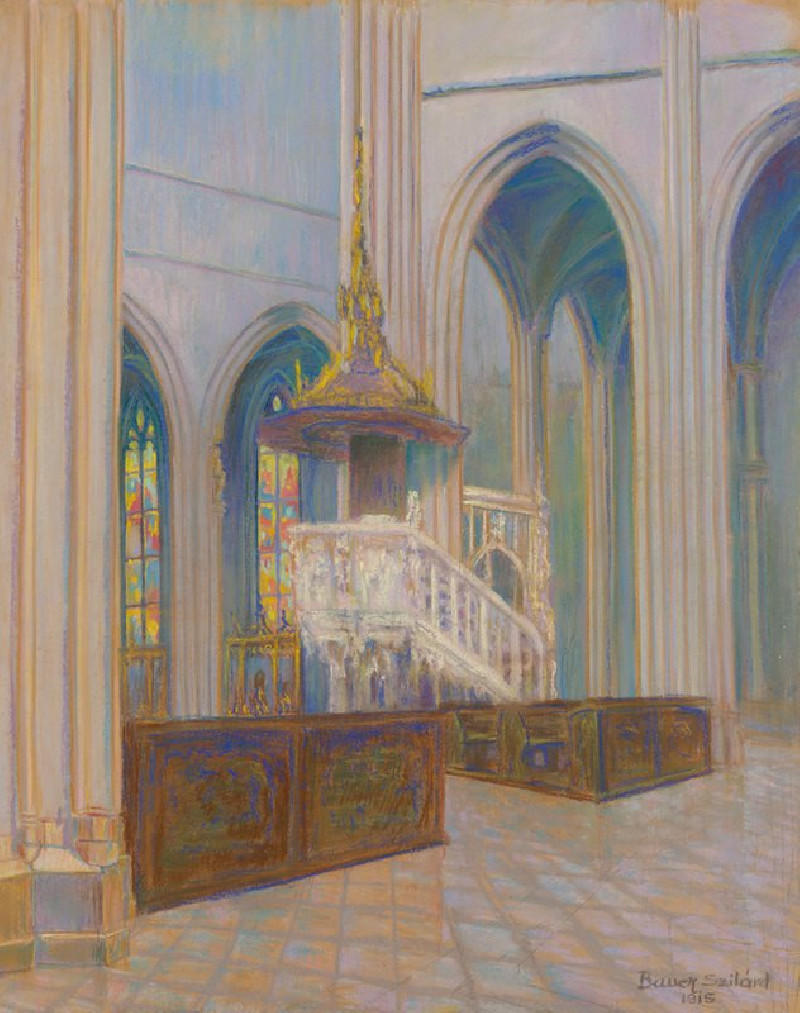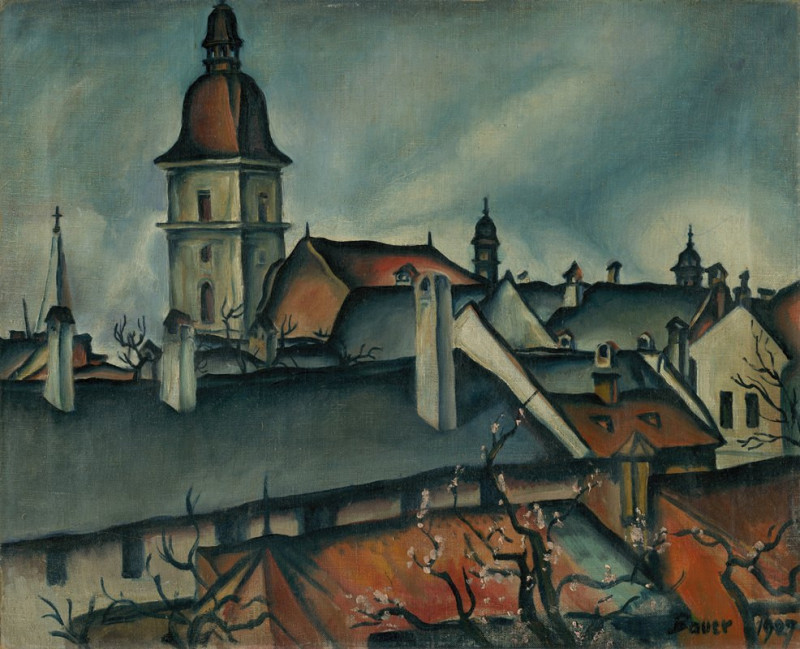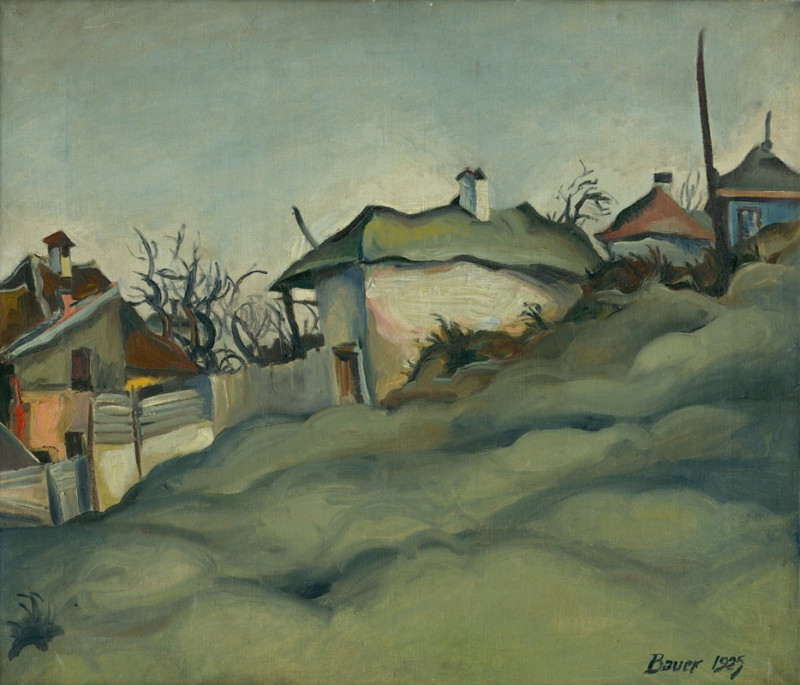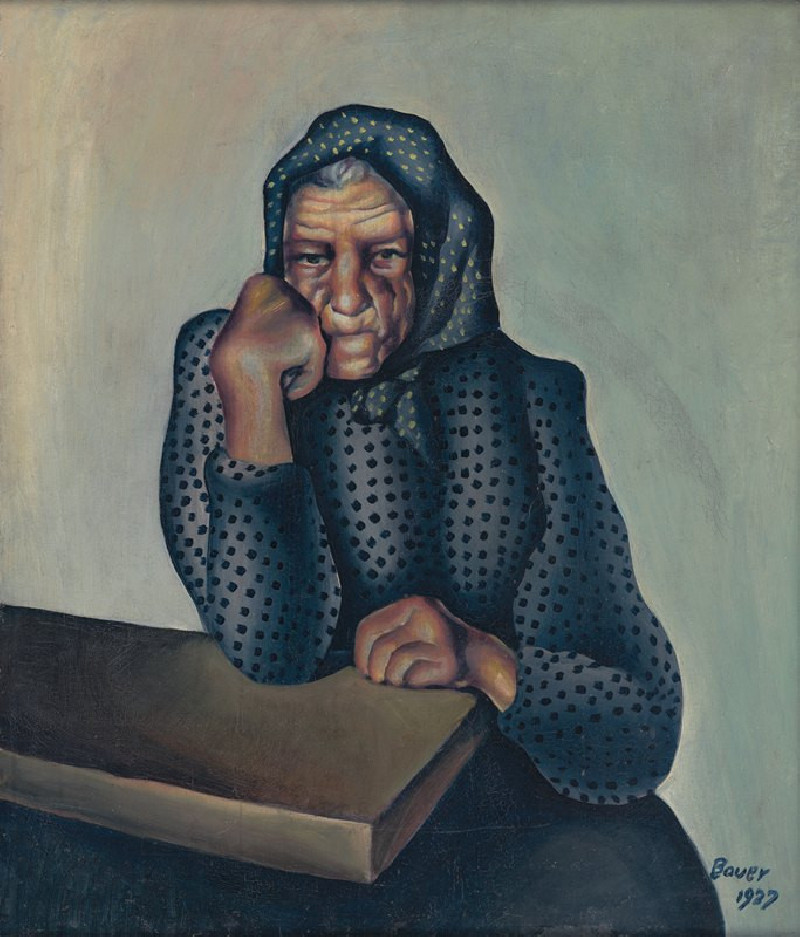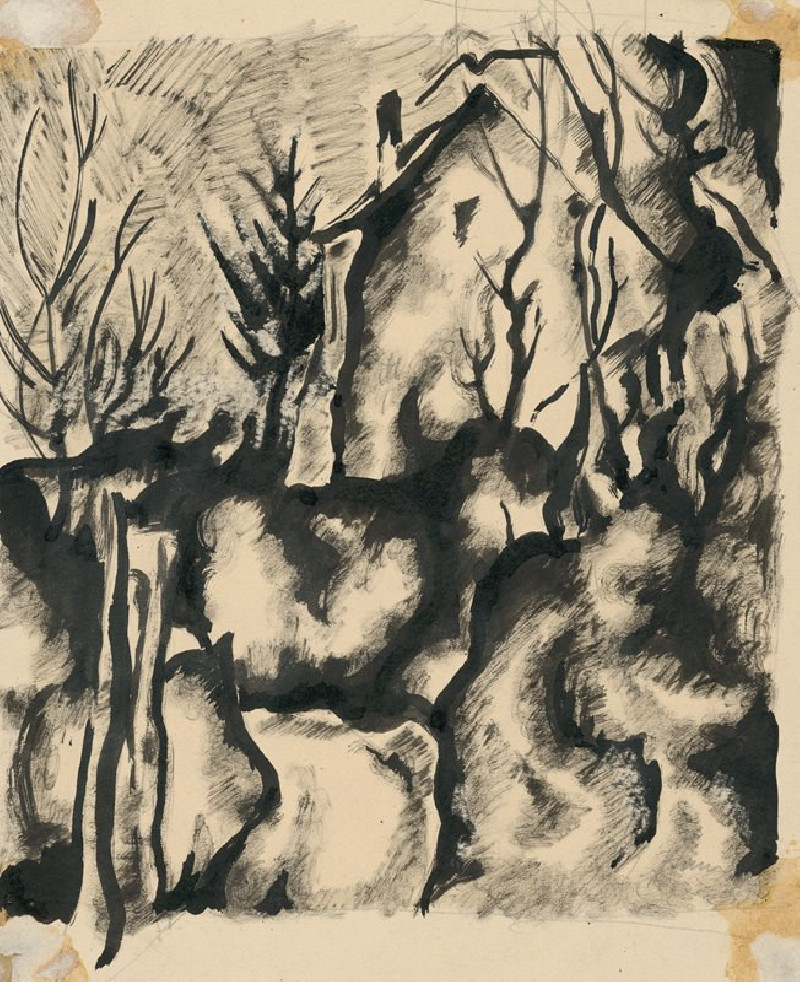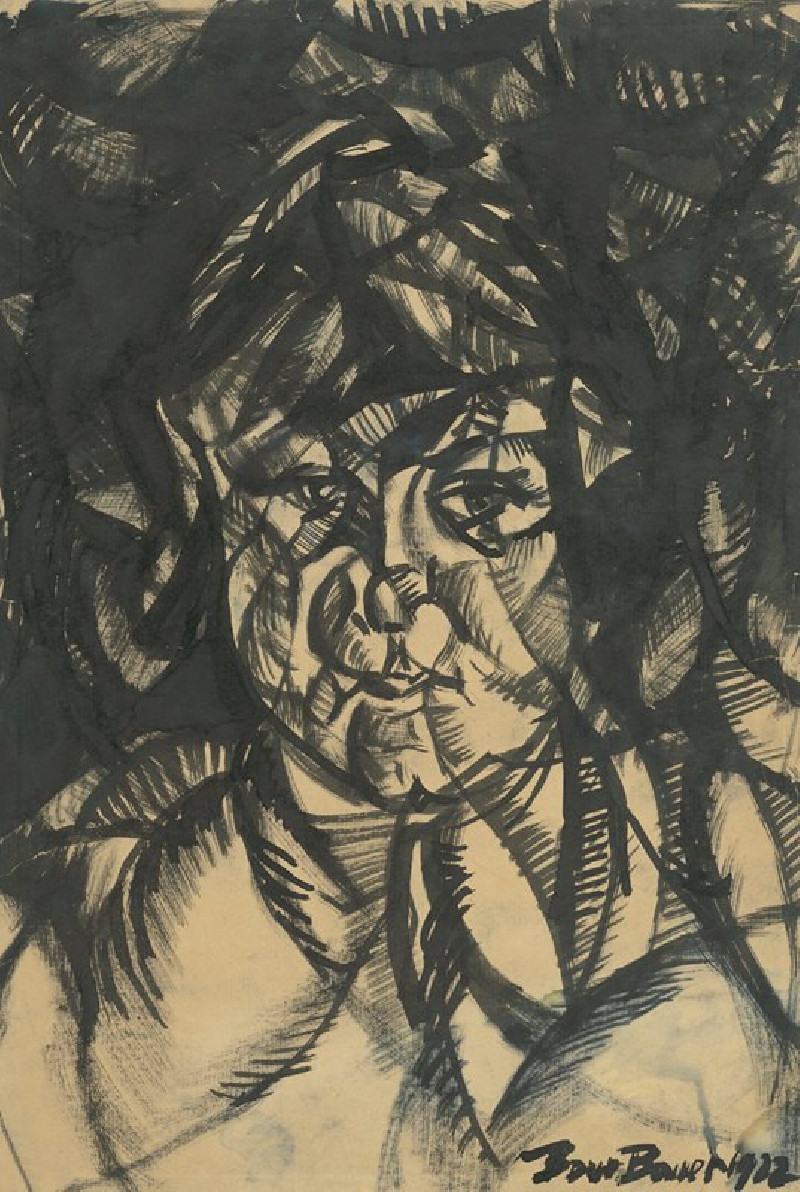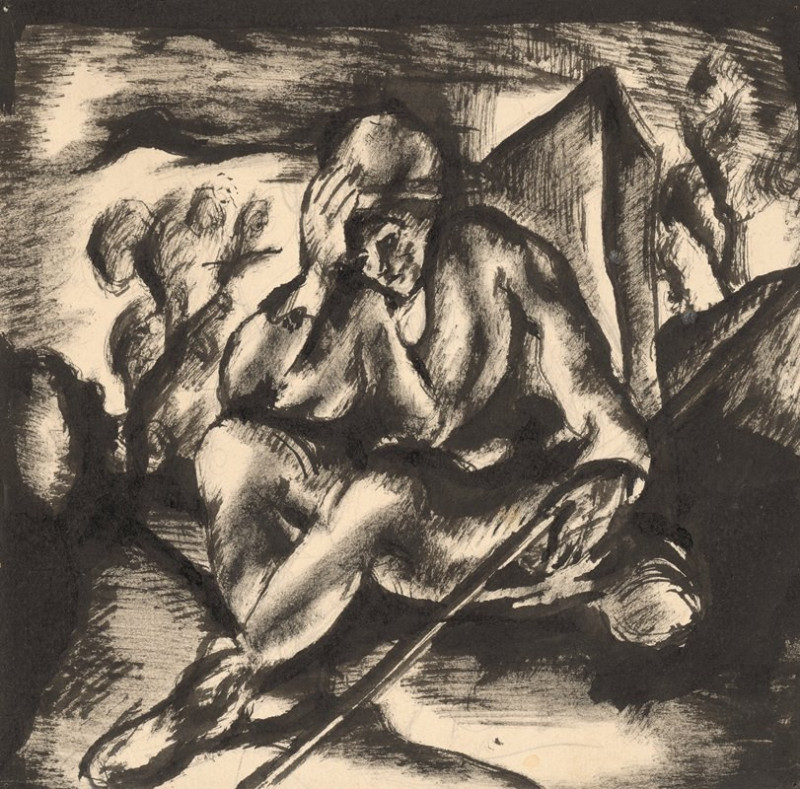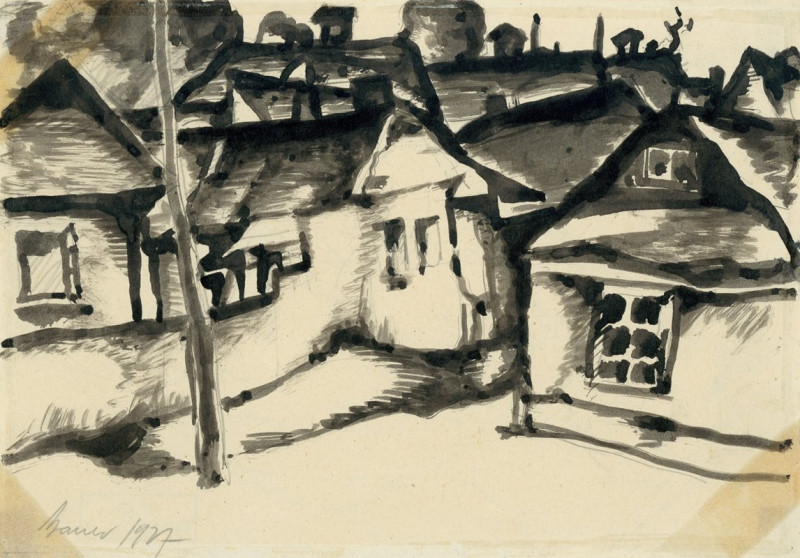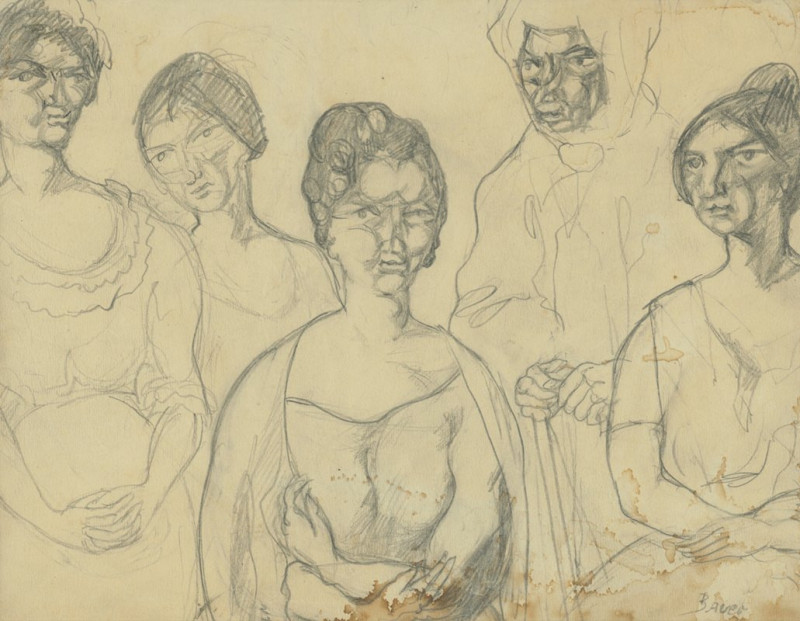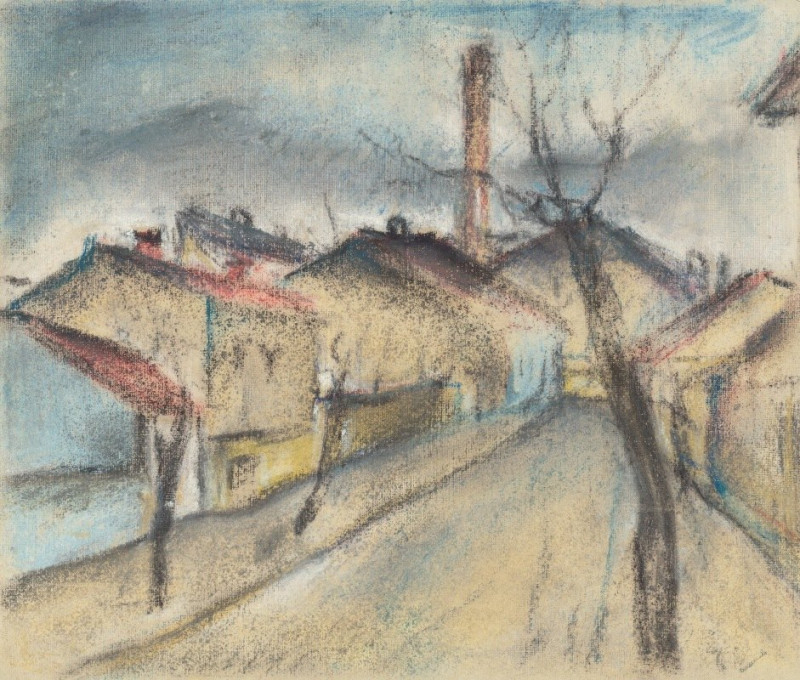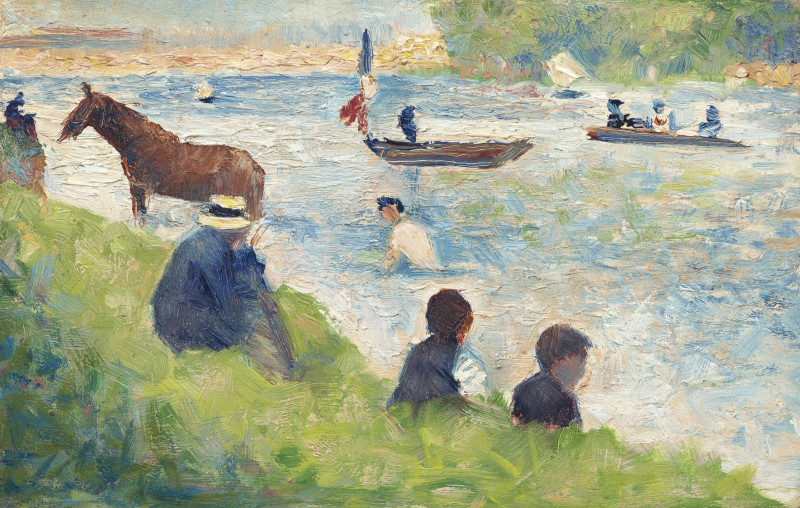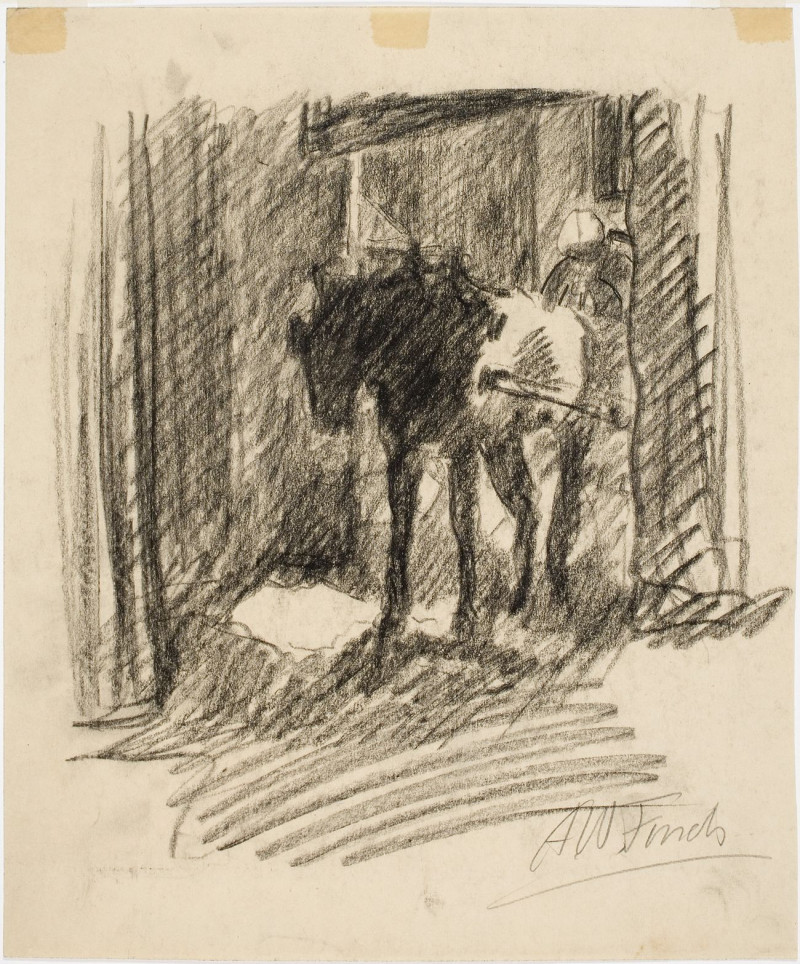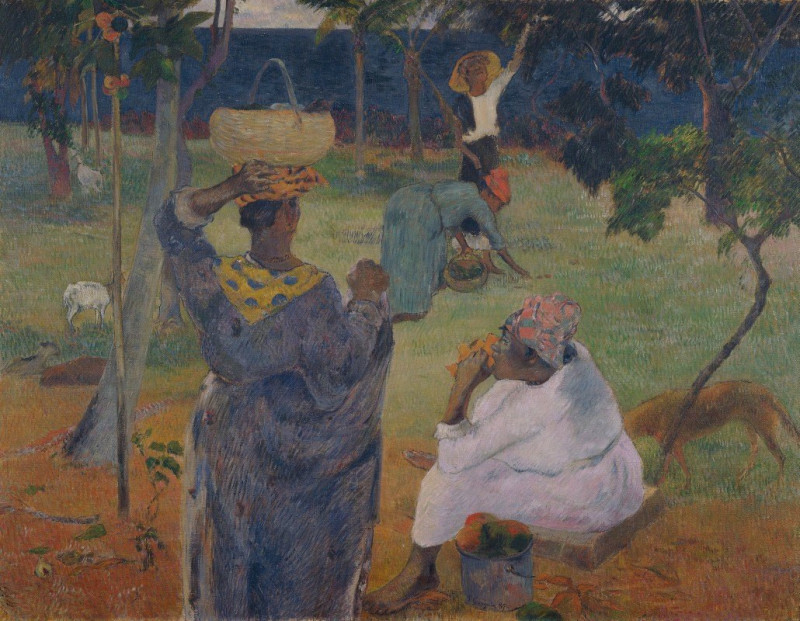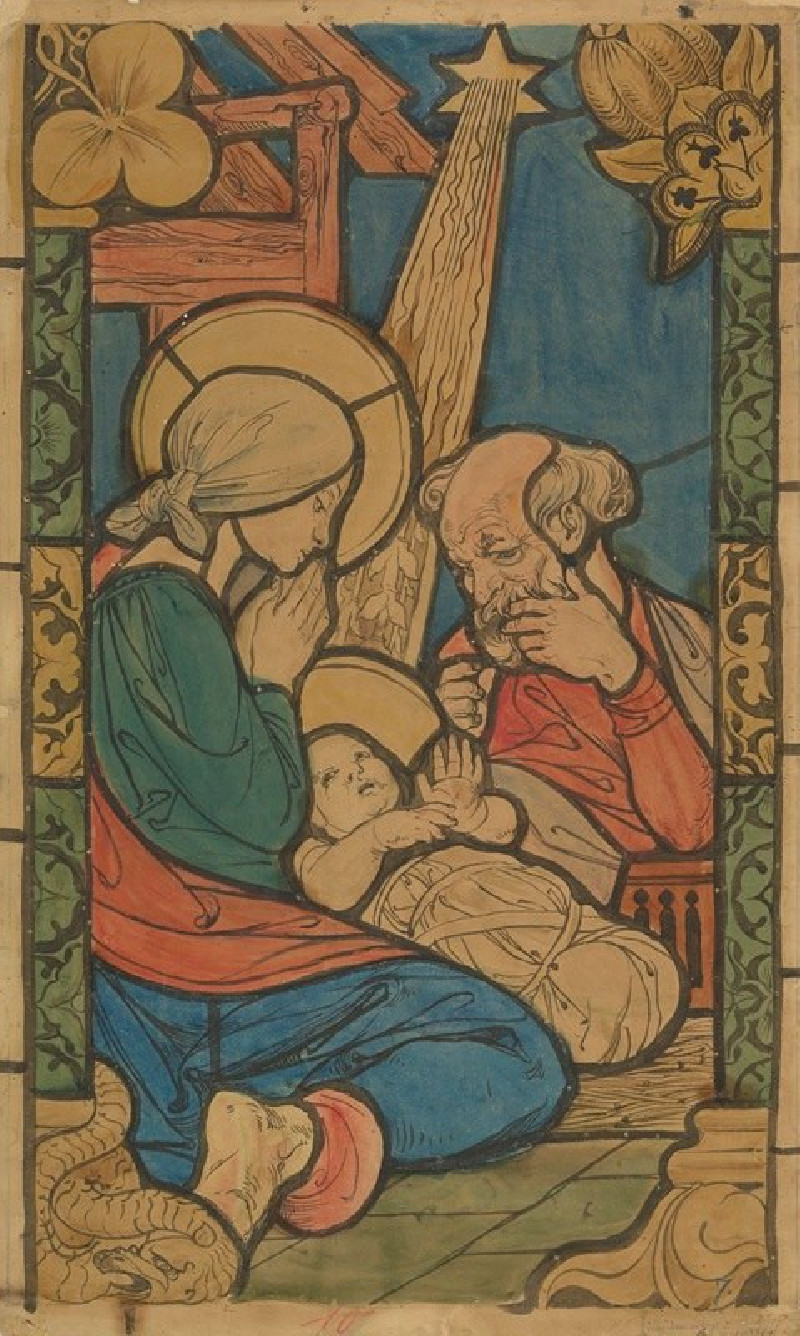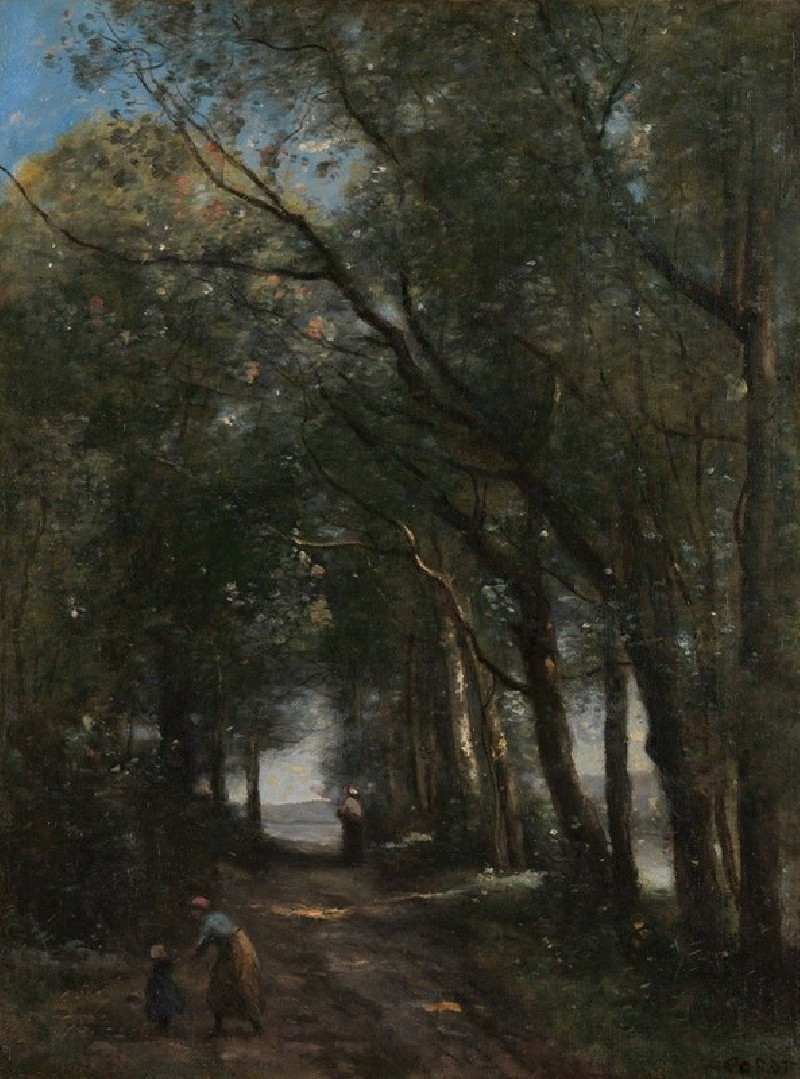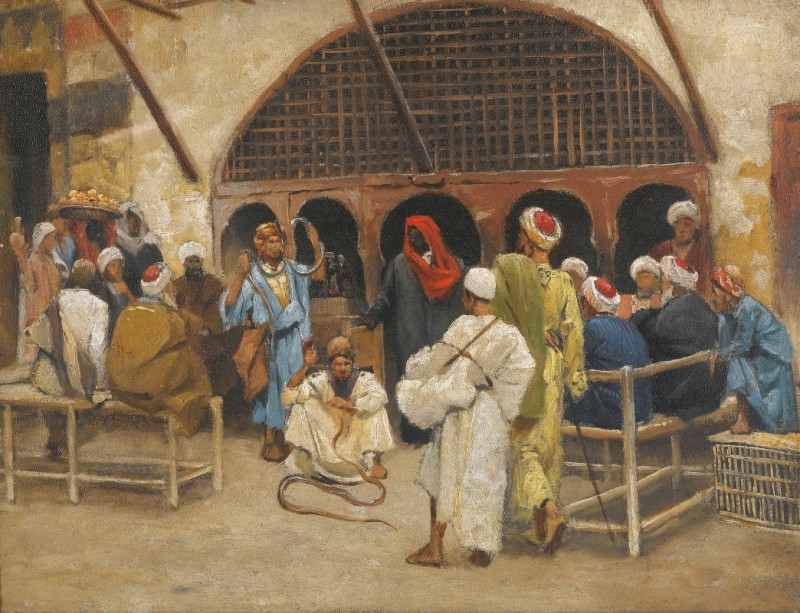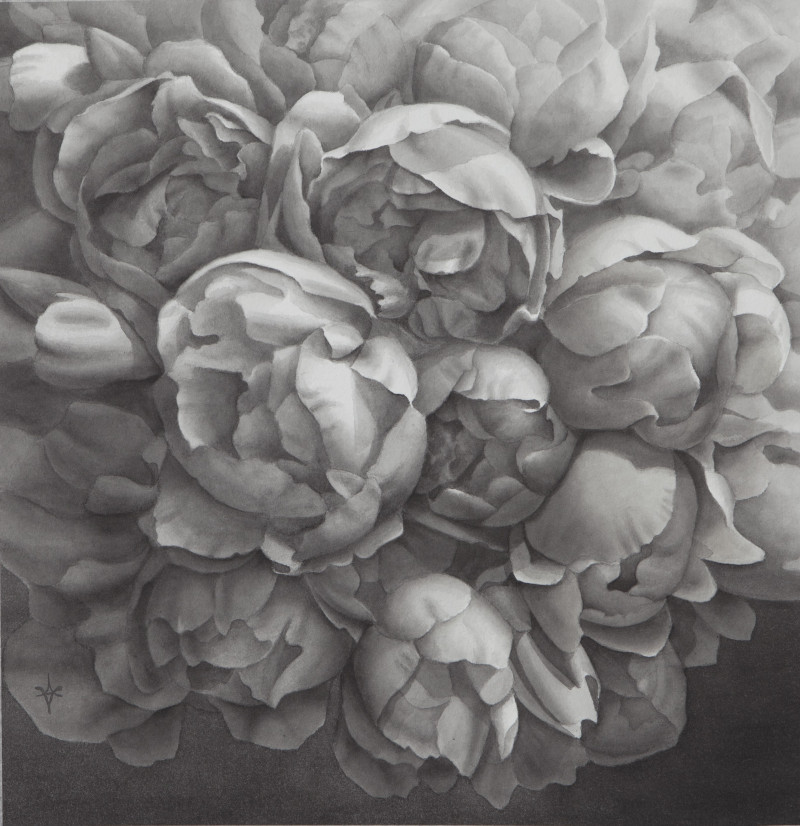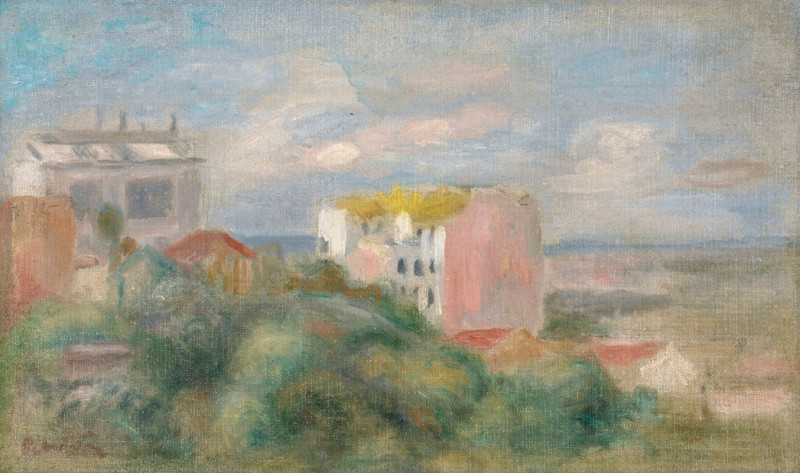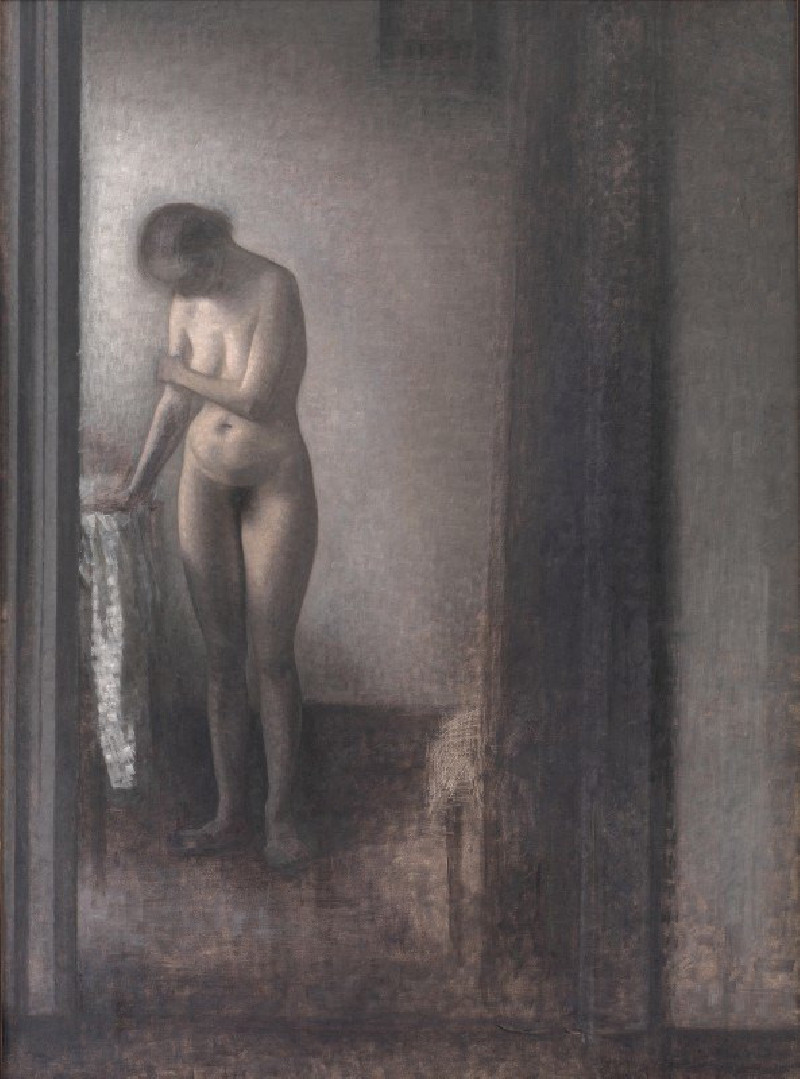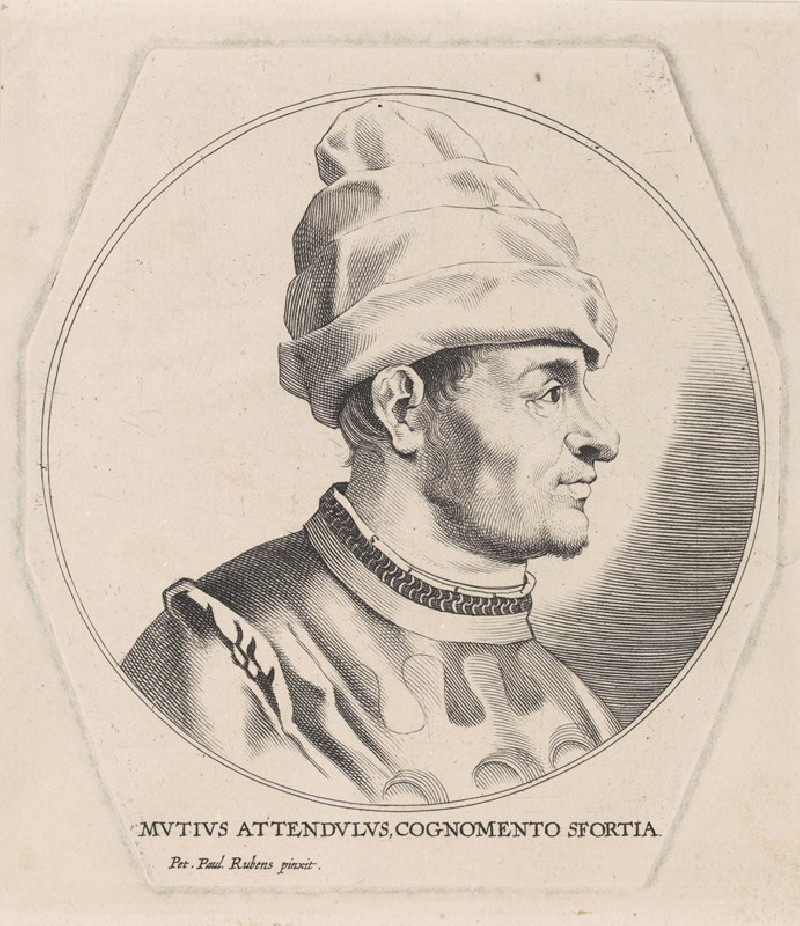Akt ležiacej ženy (1924–1927)
Technique: Giclée quality print
Recommended by our customers
More about this artwork
"Akt ležiacej ženy" (1924–1927) by Konštantín Bauer is a captivating piece that gently pulls the viewer into a quiet, introspective mood. This delicate portrayal of a reclining nude woman is a study in grace and form. Bauer's soft and masterful use of pencil and charcoal techniques allows for a subtle interplay of light and shadow, enhancing the contours and anatomy of the female figure.The work is composed on a light background that contrasts deeply with the darker tones used for the background and the shadows. The figure's relaxed posture and the artist’s focus on smooth lines create a sense of tranquility and natural beauty. This composition not only reflects the skillful hand of Bauer but also exemplifies his adeptness at capturing the human form in a sensitive and evocative manner.Konštantín Bauer's choice of a natural, poignant pose invites the viewer to consider not just the physical form, but the serene and unguarded moment of repose.
Delivery
Returns
Konštantín Bauer was a Slovak painter.
Konštantín Bauer was born on November 24, 1893 in Slovenská Ľupča. He spent his childhood in Banská Bystrica. At the age of fifteen, he moved with his parents to Košice, where he graduated from high school. After graduating in mechanical engineering in Budapest in 1915, he worked briefly as an engineer in Novo Mesto pod Šiatrom. From 1916 to 1918 he worked as a railway engineer in Transylvania and then as a civilian employee at the Ministry of War in Vienna.

